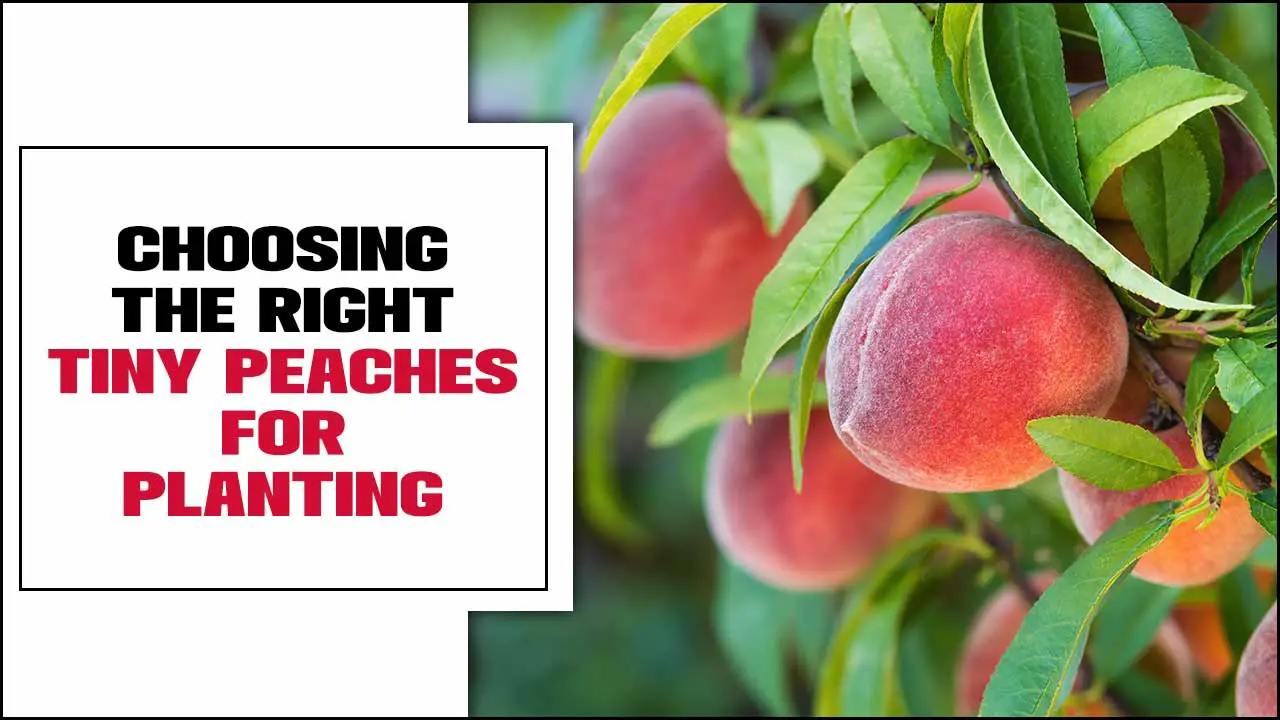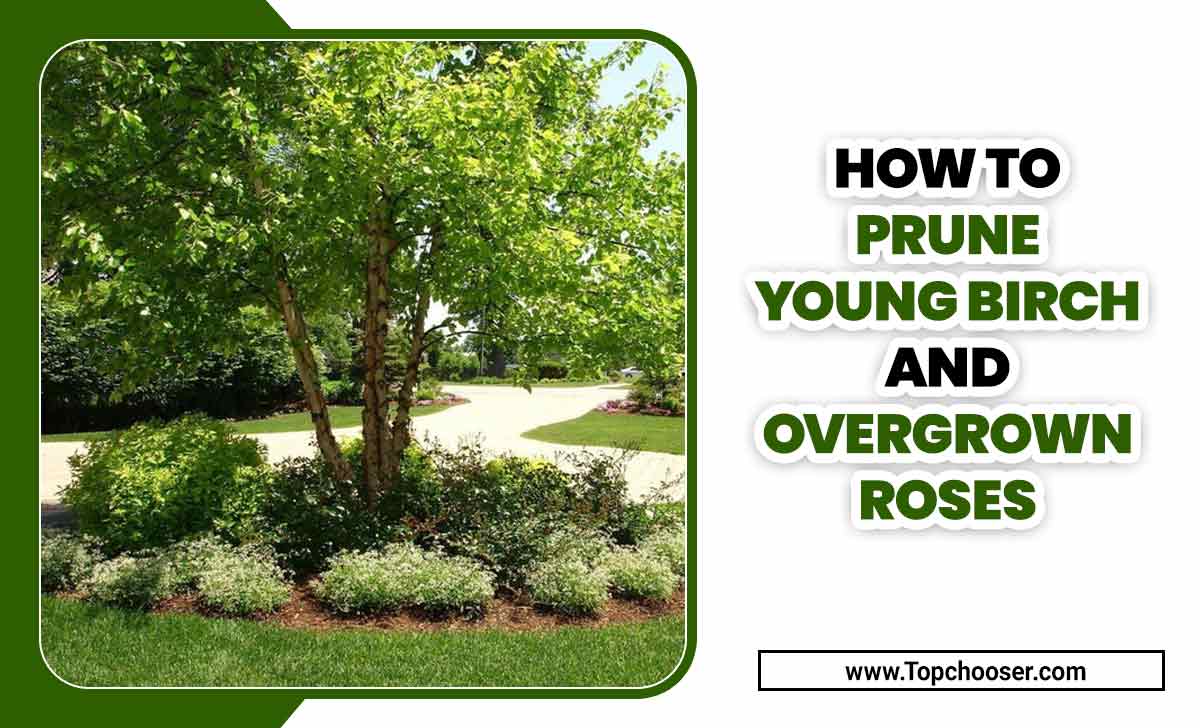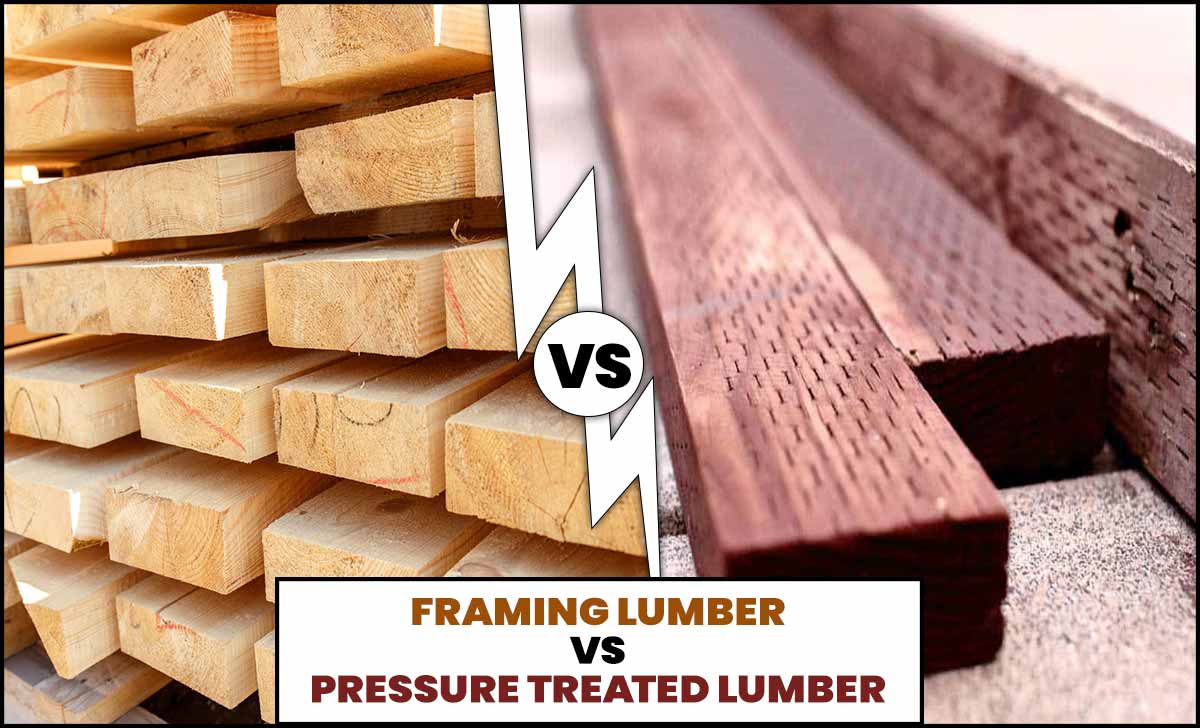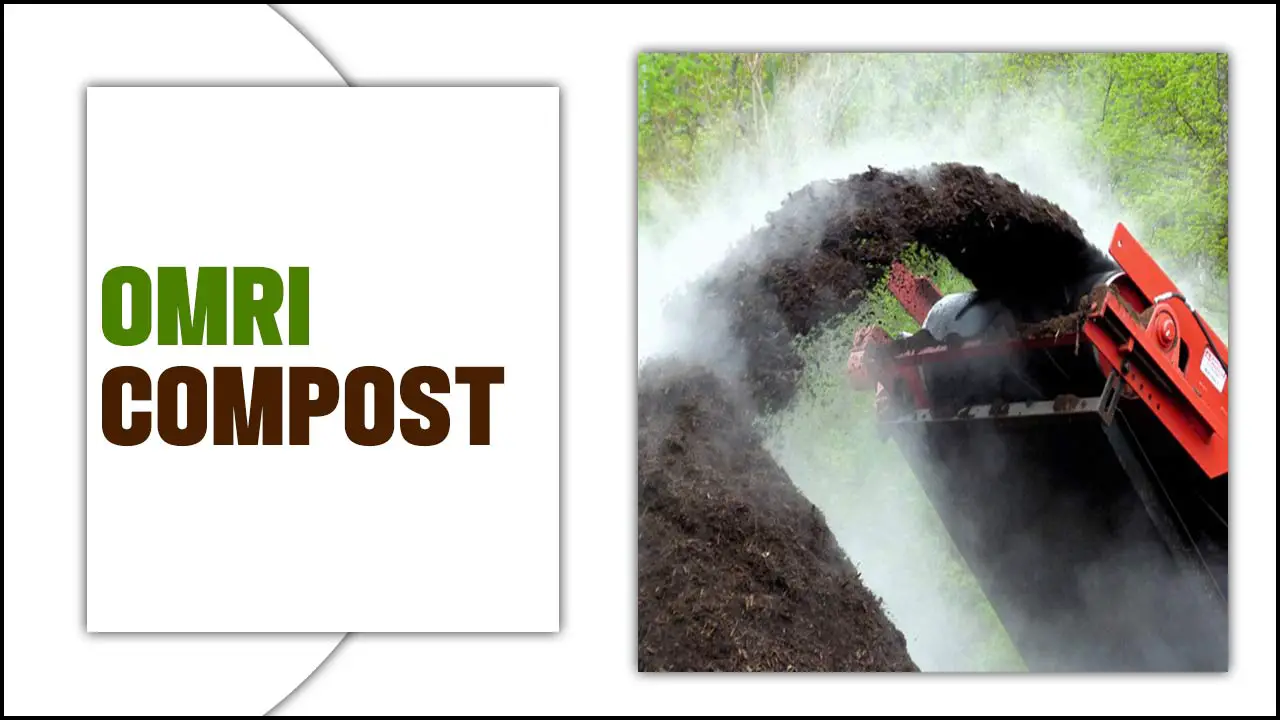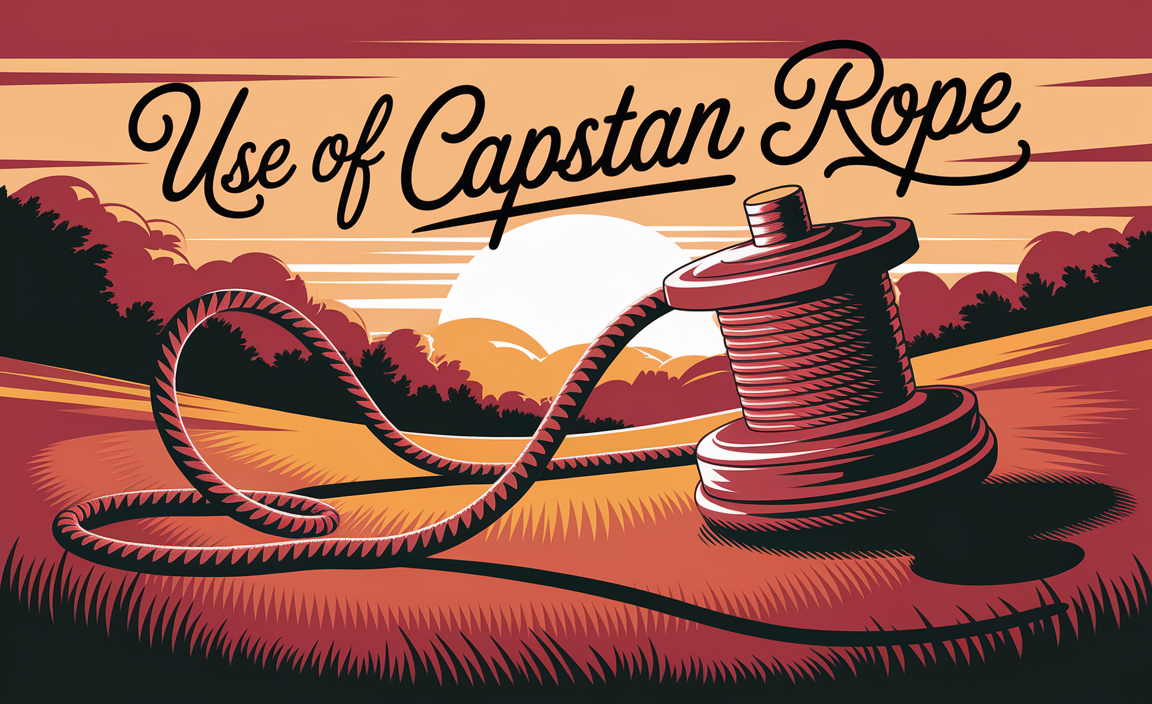The Compostable Symbol is a recognizable logo found on products and packaging. It features a leaf or plant icon inside a circle, indicating that the item can be composted.
This symbol helps consumers identify eco-friendly options and supports efforts to reduce waste. Here we will dive deep into everything you need about the compost symbol. From understanding its significance and different types of symbols for various materials. We will also explore the importance and role of the Compost Symbol in environmental conservation.
Plus, we’ll clear up any confusion by explaining how it differs from recycling and biodegradable symbols. If you want to use the Compost Symbol in your marketing efforts, stay tuned as we share tips on how to do that effectively. Get ready to become an expert in all things compostable.
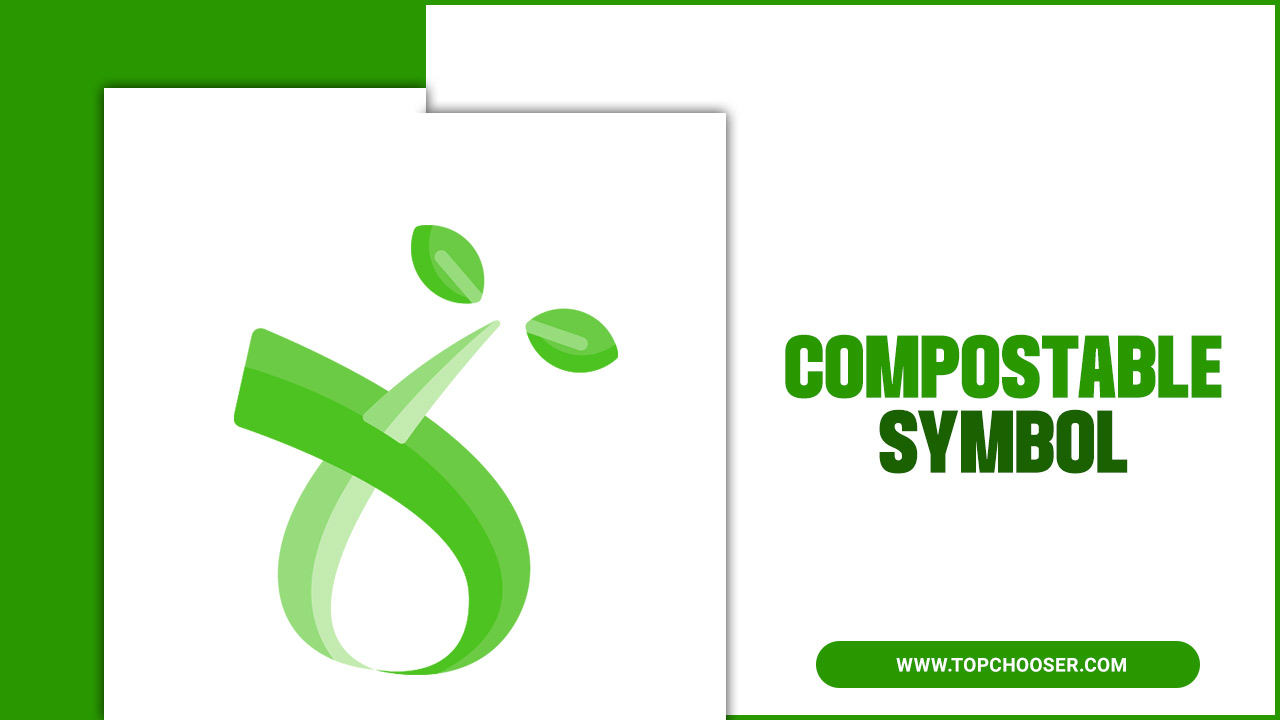
You Need To Know Everything Of Compostable Symbol
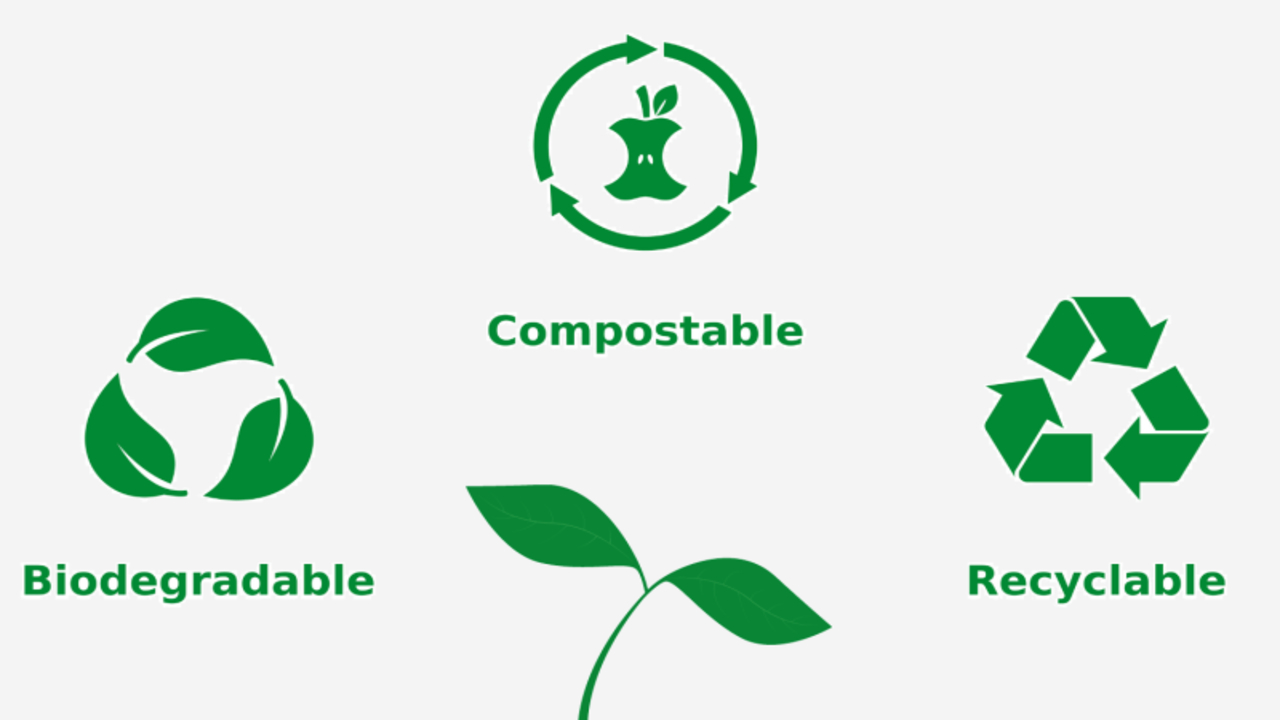
Understanding the Compostable Symbol is crucial for making sustainable choices. This symbol indicates that a product can break down in a composting environment, distinguishing it from the recycling symbol.
Composting products with this symbol diverts organic waste from landfills and reduces greenhouse gas emissions. Follow specific guidelines to ensure proper decomposition and actively contribute to waste reduction for a greener future. Here we discuss all about the Compost Symbol.
Type Of Compost Symbol
The Composta Symbol serves as a reliable indicator that a product is certified to break down into organic matter within a composting facility. It comes in different forms, including the “seedling” symbol and the “compostable” text.
These symbols are regulated by reputable standards organizations such as the Biodegradable Products Institute (BPI) and the European Standard EN 13432. It’s crucial to be aware of misleading or deceptive Compost Symbols, so it’s important to look for certification from trusted organizations.
Using products with the Compost Symbol can contribute to waste reduction and sustainability efforts. Composting plays a vital role in these endeavors by helping to divert organic waste from landfills and reducing greenhouse gas emissions.
Compost Symbol For Plastic Bags
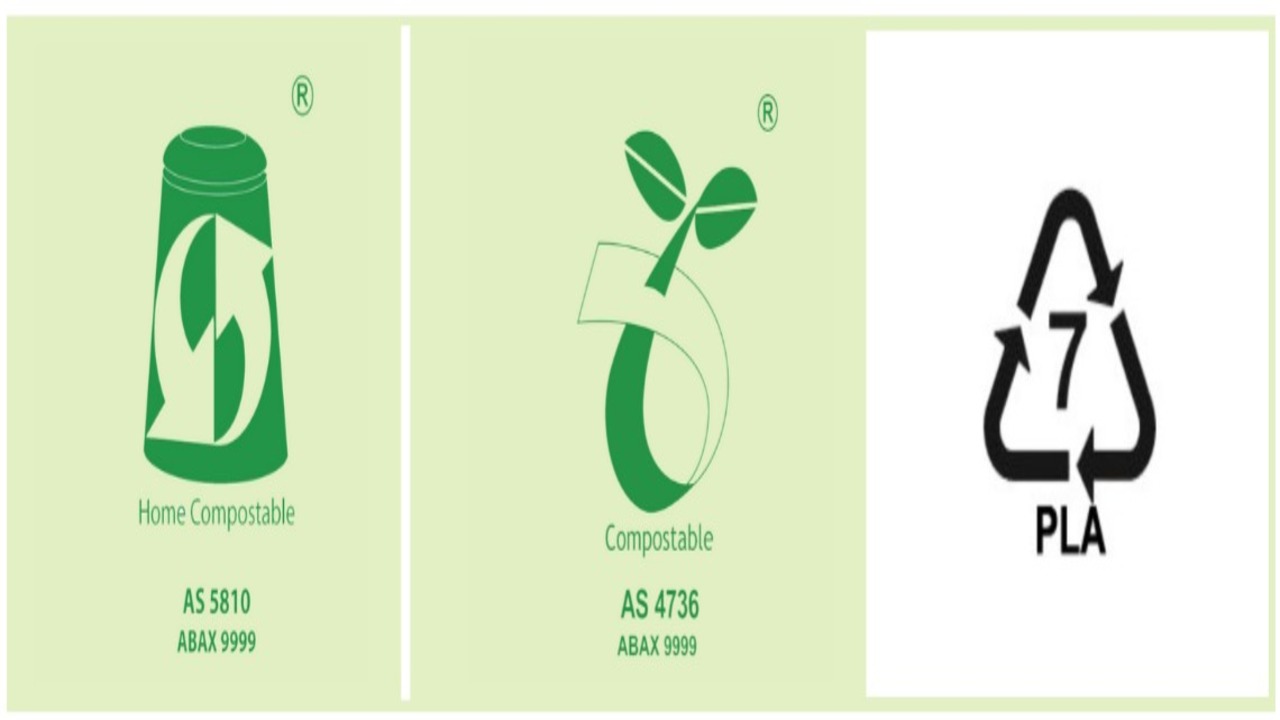
The Compost Symbol for plastic bags features a leaf-shaped logo with “compostable” or “compostable plastic” written underneath. This symbol indicates that the materials used to make the plastic bag can decompose into compost under specific conditions. However, it’s essential to note that composting facilities may not accept all plastic bags with this symbol.
Some facilities only accept certain types of compostable plastics. To ensure proper disposal and prevent contamination, following the guidelines provided by your local composting facility when using compostable plastic bags is crucial. By incorporating the Compost Symbol for plastic bags, consumers can identify and choose environmentally-friendly options for their waste disposal needs.
Compost Symbol For Paper Products
The Compost Symbol for paper products typically features a leaf or a bin with the word “compostable” inside. When you come across this symbol, it indicates that the paper product is made from materials designed to break down and decompose in a composting facility.
You can safely add the paper product to a compost pile or bin, and it will eventually transform into nutrient-rich soil. It’s important to note that not all paper products are compostable, so it is crucial to look for this specific symbol when choosing compostable paper products. By composting paper products, you actively reduce waste and embrace an environmentally-friendly alternative to traditional disposal methods.
Compost Symbol For Plastics
The Compost Symbol for Plastics is a unique logo that serves as an indicator of a plastic product’s compostability. It features a tiny seedling enclosed by a circle, with the words “compostable” or “compostable in industrial facilities” displayed below. This symbol helps consumers identify which plastic products they can compost instead of sending to landfills.
It is important to note that not all plastics are compostable, so manufacturers should only use this symbol on products that meet specific compostability standards.. Compostable plastics undergo decomposition into organic matter under specific conditions, such as those found in industrial composting facilities. Using the Compost Symbol, individuals can contribute to waste diversion efforts and promote sustainable practices.
The Compost Symbol Is A Green Dot With An R In The Middle
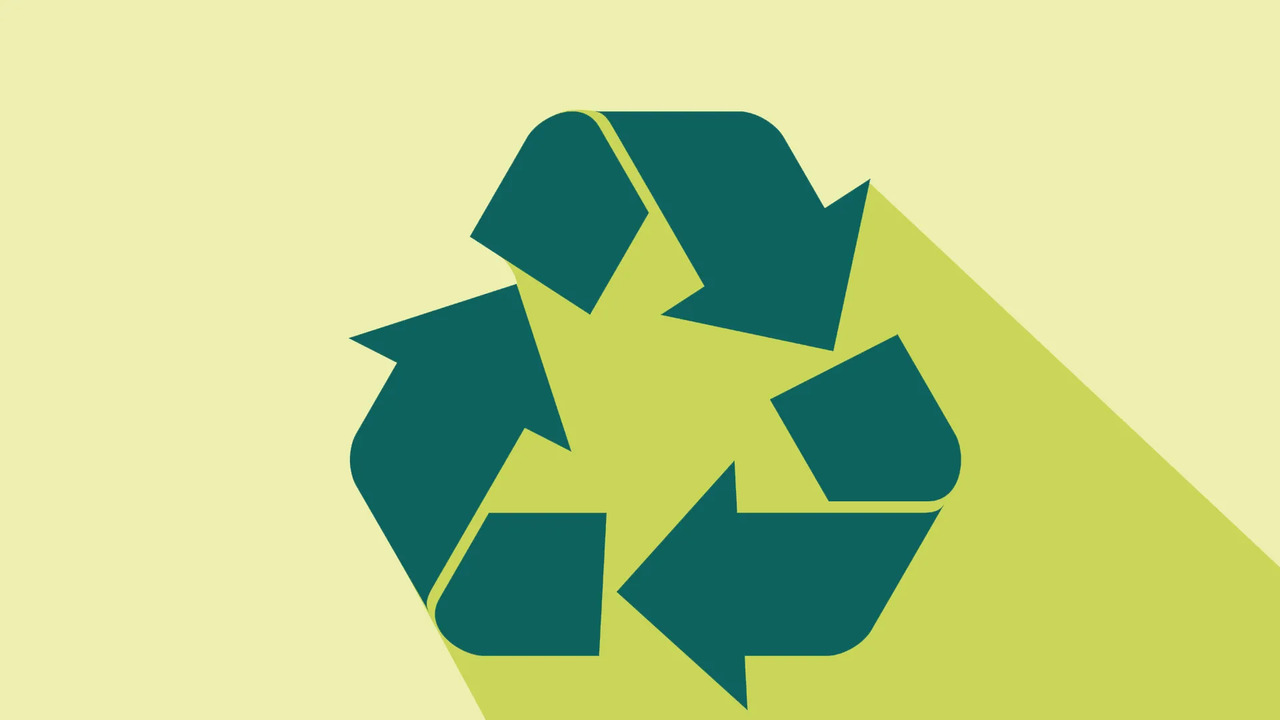
The Compost Symbol, a green dot with an R in the middle, helps consumers easily identify products that can be composted. It indicates that the product is certified as compostable and designed to break down in a composting facility. However, not all compostable products are accepted in home bins or regular trash.
Before disposing of items with the symbol, check if your local composting facility accepts them. Choosing products with the Compost Symbol promotes sustainability and reduces waste. So, remember its significance in diverting materials from landfills and encouraging composting.
Importance And Role Of The Compost Symbol In Environmental Conservation
The Compost Symbol plays a crucial role in environmental conservation. It serves as an indicator that a product has the ability to break down and decompose into natural elements in a composting environment. This is significant because composting helps reduce waste in landfills and creates nutrient-rich soil for gardening and agriculture.
By using products with the Compost Symbol, consumers can easily identify environmentally friendly items that can be disposed of responsibly. Certification programs regulate the Compost Symbol to ensure products meet specific compostability standards. Incorporating these products into our daily lives can contribute to a more sustainable and eco-friendly lifestyle.
How Does The Compost Symbol Differ From Recycling And Biodegradable Symbols?
The Compost Symbol sets apart products that break down in composting environments, while the Recycling Symbol designates recyclable items. The Biodegradable Symbol signifies natural decomposition without specifying the timeline or conditions. Composting focuses on organic waste, while recycling targets paper, plastic, and metal.
Recognizing And Understanding International Packaging Symbols
Understanding international packaging symbols is crucial for consumers. The Compost Symbol represents packaging that contributes to waste reduction and a circular economy by breaking down naturally.Recognizing this symbol helps with proper disposal. Look for third-party certifications to ensure authenticity.
Other important symbols include the recycling symbol for recyclable packaging and the biodegradable symbol for products that break down naturally over time. Differentiating between these symbols is essential as composting focuses on organic waste while recycling addresses paper, plastic, and metal materials. By understanding these symbols, consumers can make informed choices and support sustainability for a greener future.
How To Use The Compost Symbol In Marketing?
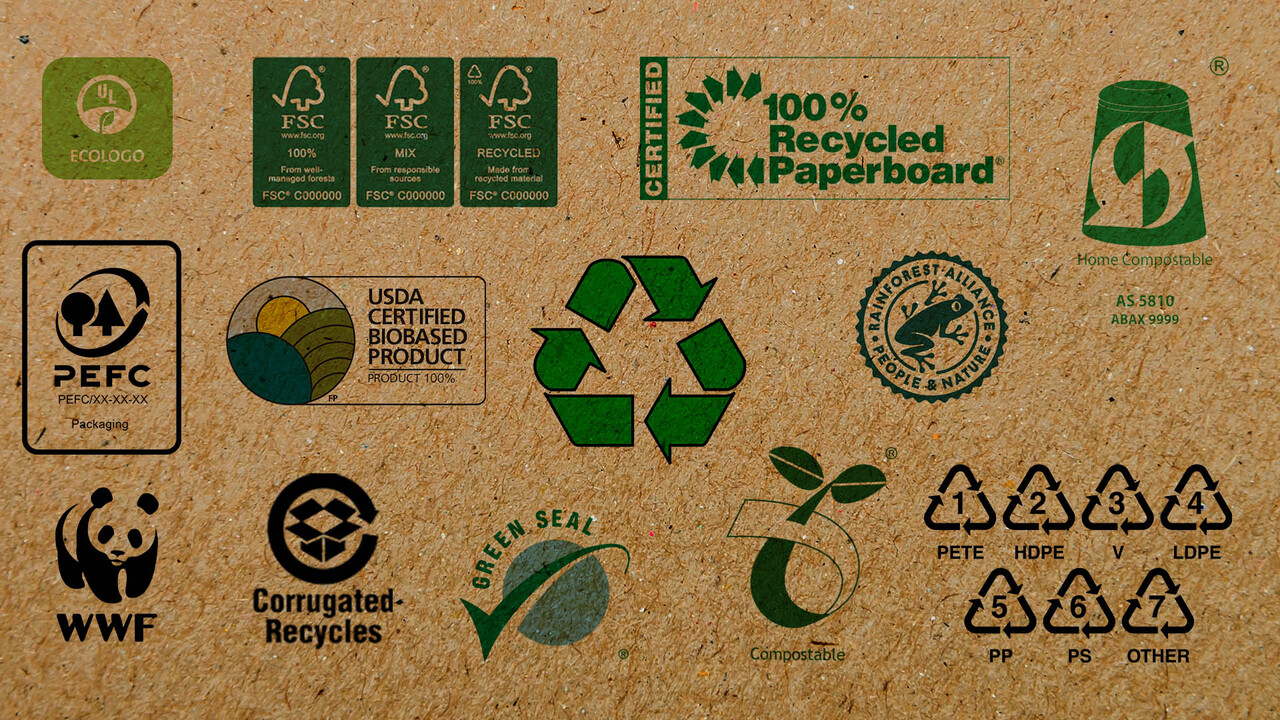
Incorporate the Compost Symbol on your packaging to showcase the environmentally friendly nature of your products. Emphasize the advantages of using compostable items in your marketing materials. Educate customers about the significance of composting and how they can contribute to a sustainable future. Collaborate with influencers and environmental organizations to raise awareness about your compostable offerings.
Conclusion
A Compostable Symbol is a powerful tool for promoting sustainability and reducing waste. Individuals and businesses can make informed decisions about their packaging choices by understanding what the symbol represents and how it is handy Compostable products offer a greener alternative to traditional plastics, as they break down naturally into organic matter that enriches the soil.
Embracing the compost symbol is an environmentally responsible choice and a way to contribute to a more sustainable future. Whether you are a consumer or a business owner, incorporating compostable products into your daily life can significantly reduce landfill waste and preserve our planet for future generations.
Frequently Asked Questions
[rank_math_rich_snippet id=”s-bb92a2ca-2183-4703-bfa7-de11e76cec84″]

I am passionate about home engineering. I specialize in designing, installing, and maintaining heating, ventilation, and air conditioning systems. My goal is to help people stay comfortable in their homes all year long.

